
How to train a dog to help with social anxiety?
Social anxiety can make even small outings feel overwhelming, but a well-trained dog can become a steady, calming presence in those moments.
When a furry and soft two-month-old puppy enters our lives, its innocent and cute appearance can instantly melt our hearts. However, the subsequent toilet - related problems often leave new pet owners in a flurry. Don't worry. As long as you master the correct methods and invest enough patience and love, it's not difficult to train a two - month - old puppy to use the toilet in a fixed place. Let's embark on this growth journey with our puppies and help them develop good living habits.
Understand the Physiological Characteristics of Two - Month - Old Puppies
Two - month - old puppies are in a stage of rapid growth and development. Their physical functions are not yet fully mature, especially their bladder and intestinal control abilities are very limited. This means they need to excrete more frequently, perhaps once every 1 - 2 hours. Moreover, their attention is easily distracted, and their memory is relatively poor. Therefore, we need to be more patient and provide repeated guidance during the training process. At the same time, puppies at this stage are full of curiosity and have a strong desire to explore everything around them. This also provides some convenient conditions for our training. We can use their curiosity to guide them to learn to use the toilet in a fixed place.
Prepare the Necessary Training Items
1.A suitable dog toilet: Choose a dog toilet of an appropriate size according to the puppy's body size. The material should be easy to clean, and the surface should be as flat as possible to avoid the puppy slipping and getting injured during use. If the puppy is small in size, you can choose a dog toilet with a fence, which can make it easier for the puppy to associate this specific area with the excretion behavior.
2.Inducer or urine pads: There are special pet toilet inducers on the market. They can emit an odor that attracts puppies and guide them to excrete at the designated location. If there is no inducer, you can also use the urine pads that the puppy has used. The smell of urine on the urine pads can also play an attracting role. Placing the urine pads on the dog toilet can help the puppy find the "right place" more quickly.
3.Reward snacks: Puppies all love delicious food, and snacks are very effective reward tools during the training process. Choose some small, delicious, and easy - to - digest snacks. When the puppy excretes in the correct place, give it snacks as a reward in a timely manner, which can help it remember this correct behavior more quickly.
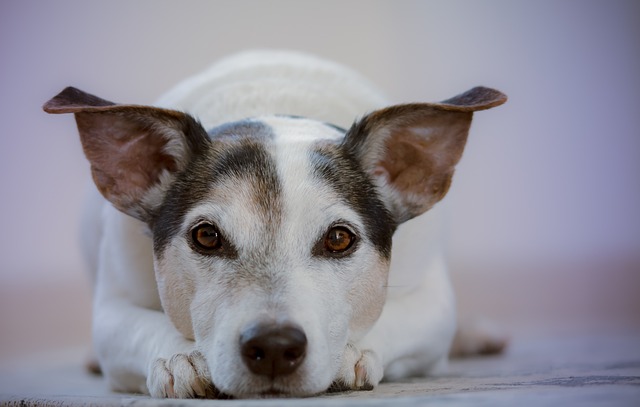
Select a Suitable Training Location
Pick a relatively quiet place in the house with good ventilation and away from the puppy's eating and resting areas as the training location. This place should remain fixed so that the puppy can gradually form a conditioned reflex. For example, a corner of the bathroom or a corner of the balcony are both good choices. Once the location is selected, do not change it easily. Otherwise, it will confuse the puppy and prolong the training time.
Training Steps
1.Observe excretion signals: Pay close attention to the puppy's behavior. When they show actions such as sniffing the ground, spinning in circles, and squatting down, it is likely a signal that they are about to excrete. At this time, quickly and gently carry the puppy to the dog toilet and let them complete the excretion there. Remember, the action must be gentle to avoid scaring the puppy.
2.Wait patiently: After carrying the puppy to the dog toilet, wait patiently beside it and do not disturb them. You can talk to the puppy softly to give them some comfort and encouragement. If the puppy excretes smoothly on the dog toilet, immediately give it enthusiastic praise and snack rewards to let them know that they have done the right thing. The praise language should be concise and clear, and the tone should be cheerful so that the puppy can feel your joy and recognition.
3.Regular training: Since two - month - old puppies excrete more frequently, we need to develop a regular training plan. For example, within 15 - 30 minutes after the puppy eats, drinks, plays, or wakes up, take them to the dog toilet and let them try to excrete. Even if the puppy does not excrete immediately, don't worry. Let them stay on the dog toilet for a while and then take them back to their original activity area. By insisting on regular training, the puppy will gradually develop the habit of excreting at fixed times and places.
Precautions during Training
1.Avoid punishment: If the puppy accidentally excretes in the wrong place, never scold or beat them. Puppies at this stage cannot fully understand the right or wrong of their behavior. Scolding and beating will only make them feel scared and confused, and may even cause them to develop a fear of the owner, affecting the relationship between you and the puppy. The correct approach is to clean up the excrement in a timely manner and use a special pet odor remover to eliminate the smell, avoiding the remaining smell from attracting the puppy to excrete in this place again. Then, take the puppy to the dog toilet and re - guide them.
2.Maintain consistency: During the training process, the attitudes and methods of the whole family should be consistent. Everyone should guide the puppy according to the same training steps and requirements. Otherwise, the puppy will feel at a loss and not know what is the right thing to do. At the same time, the training time, location, and reward methods should also be stable so that the puppy can understand and remember better.
3.Give enough time: Training a two - month - old puppy to use the toilet requires time and patience. Don't expect them to learn it in a short time. Each puppy has different learning and adaptation abilities. Some puppies may take weeks or even months to fully master it. During this process, we need to give the puppy enough time and space and believe that they will definitely learn it.
Training a two - month - old puppy to use the toilet is a challenging but extremely warm journey. During this process, we can not only help the puppy develop good living habits but also enhance the relationship with them. Let's accompany the puppy's growth with love and patience and witness every small progress of theirs. I believe that with our efforts, the puppy will definitely become a well - behaved and adorable good companion.

Social anxiety can make even small outings feel overwhelming, but a well-trained dog can become a steady, calming presence in those moments.
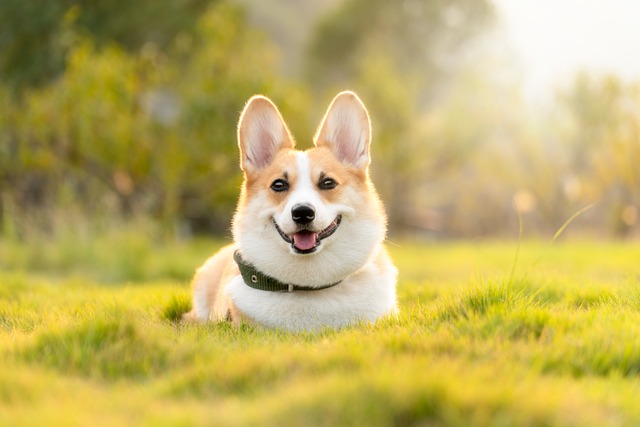
Preparing your dog for camping requires more than just extra food and a leash—it's about creating a mobile version of their home safety net.
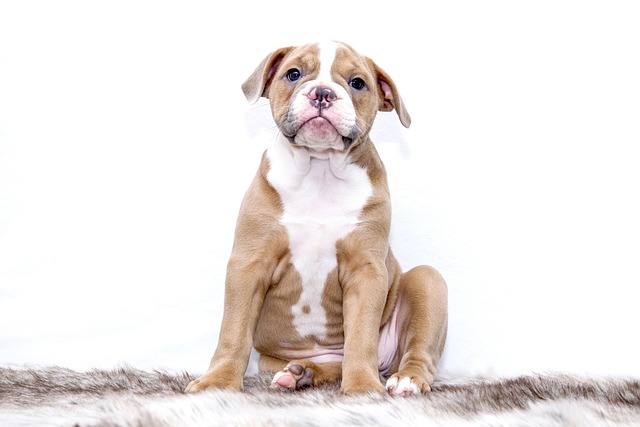
Ever notice how professional dog trainers seem to have a secret weapon in those treat pouches? They’re not using ordinary store-bought biscuits—they’re employing strategically selected
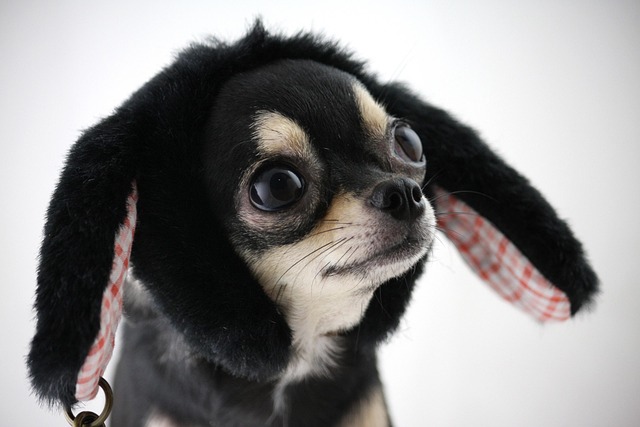
Chihuahuas often get a reputation for being shy or snappy around new people and pets, but that’s usually because they haven’t had consistent, positive social experiences early on.

Potty training an old dog takes patience more than speed—unlike puppies, adult pups have established habits, so rushing can make them anxious.
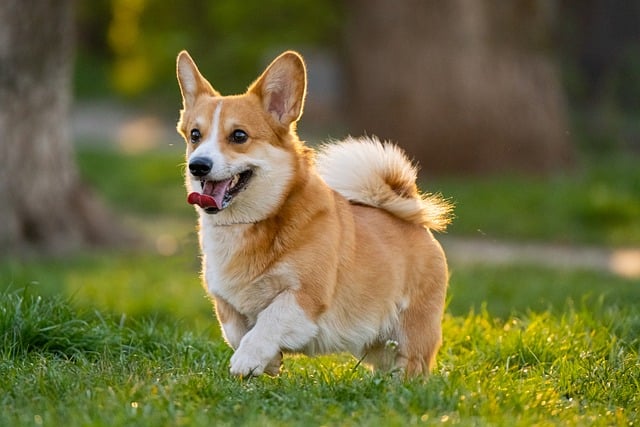
Professional dog trainers typically reach for treats that are small, soft, and incredibly high-value—the canine equivalent of gourmet chocolate.